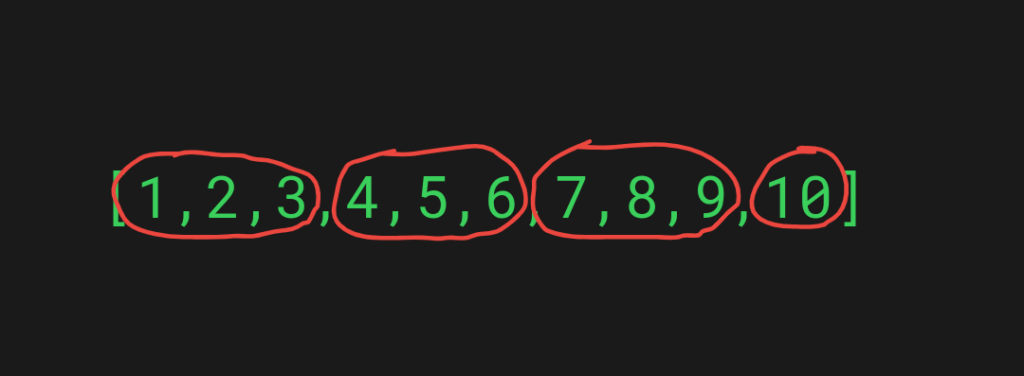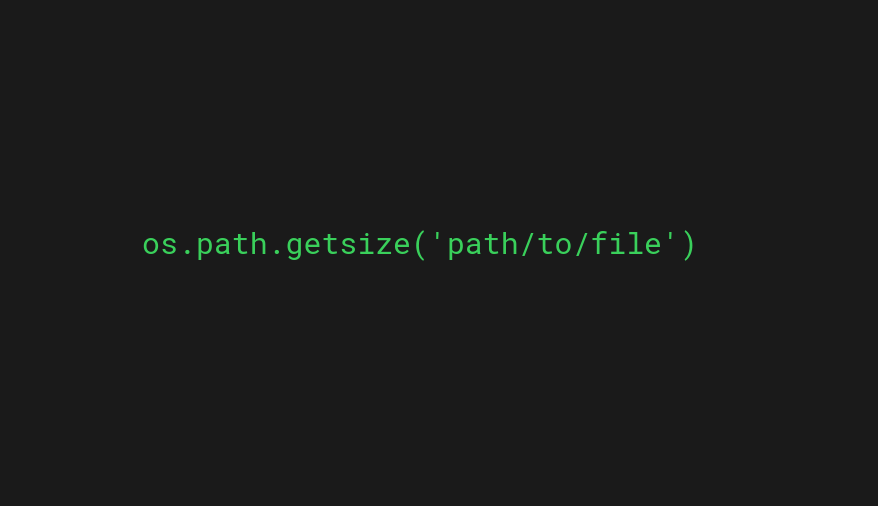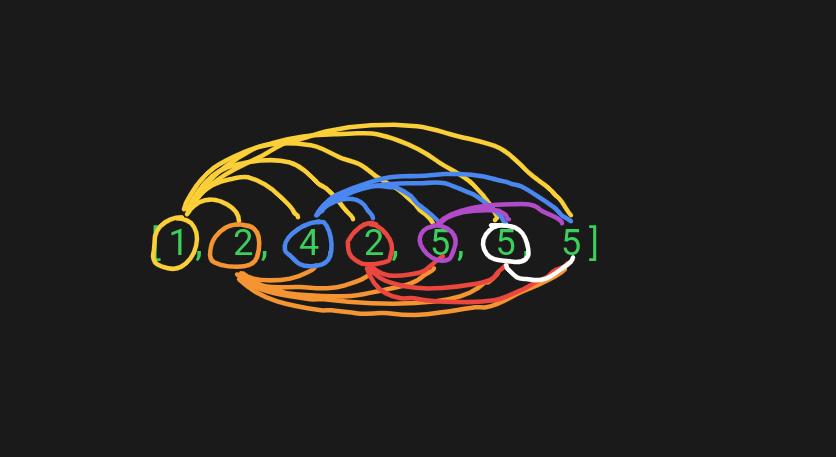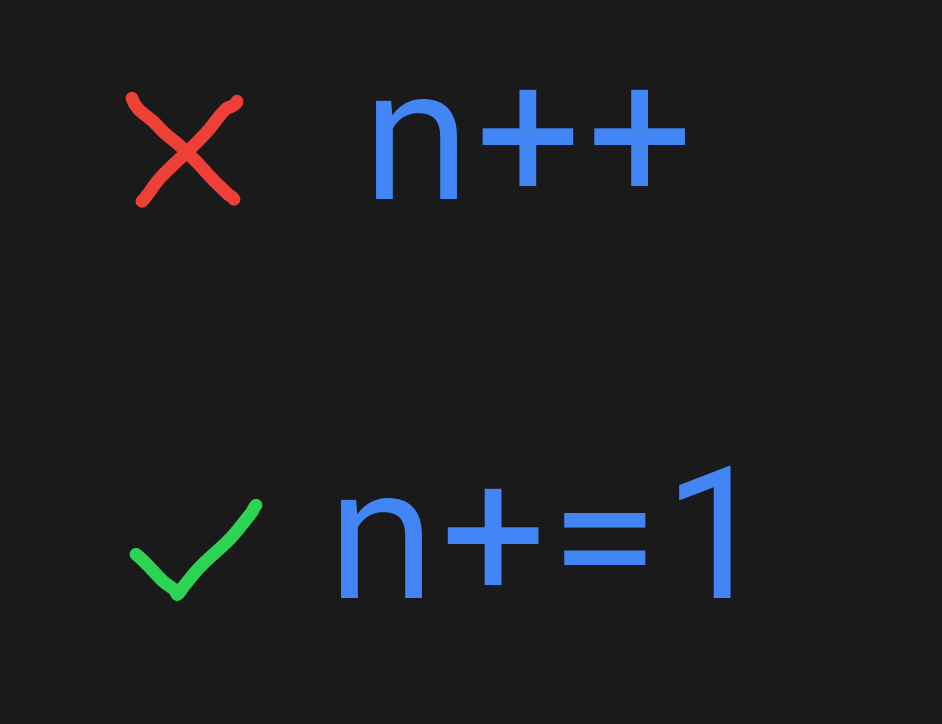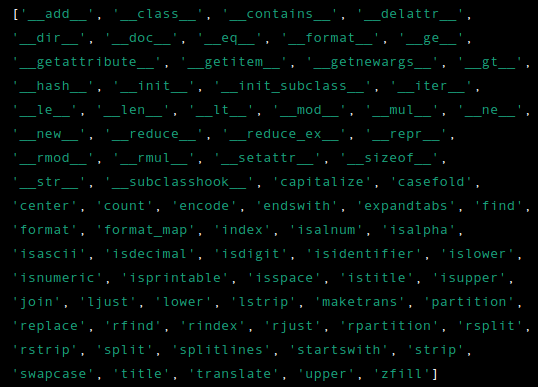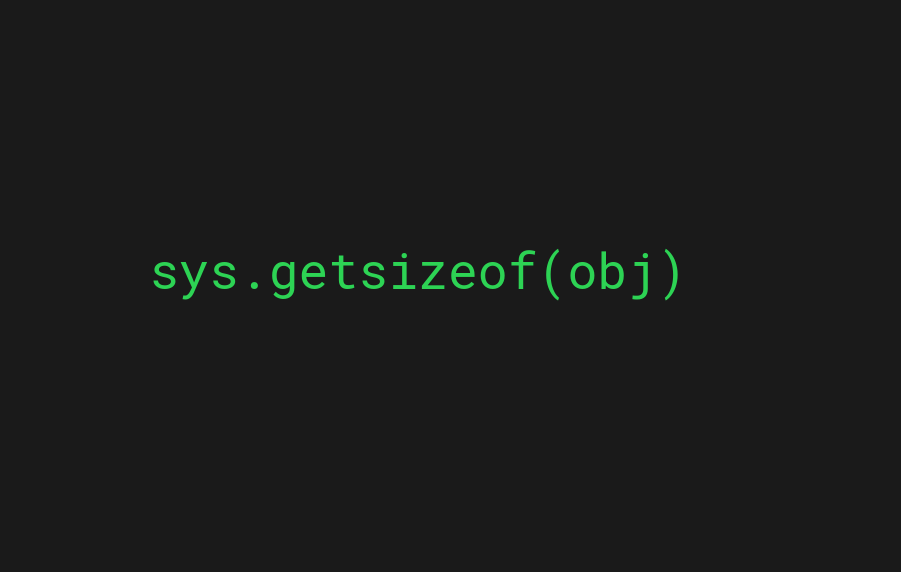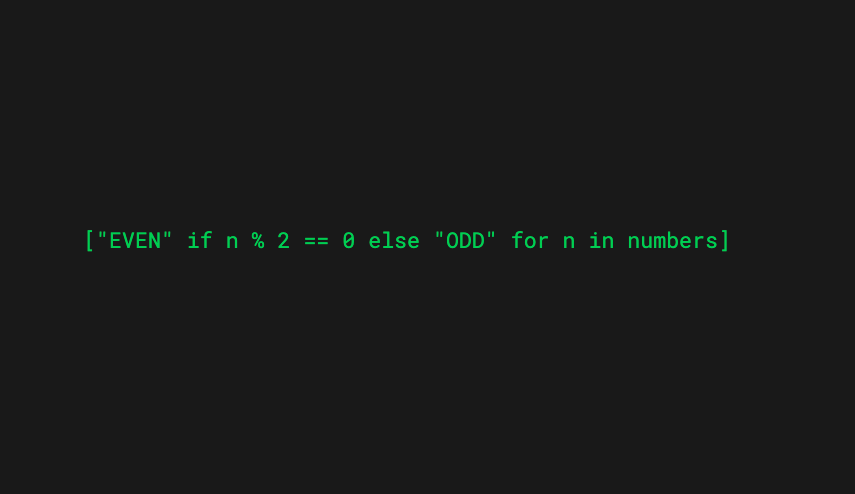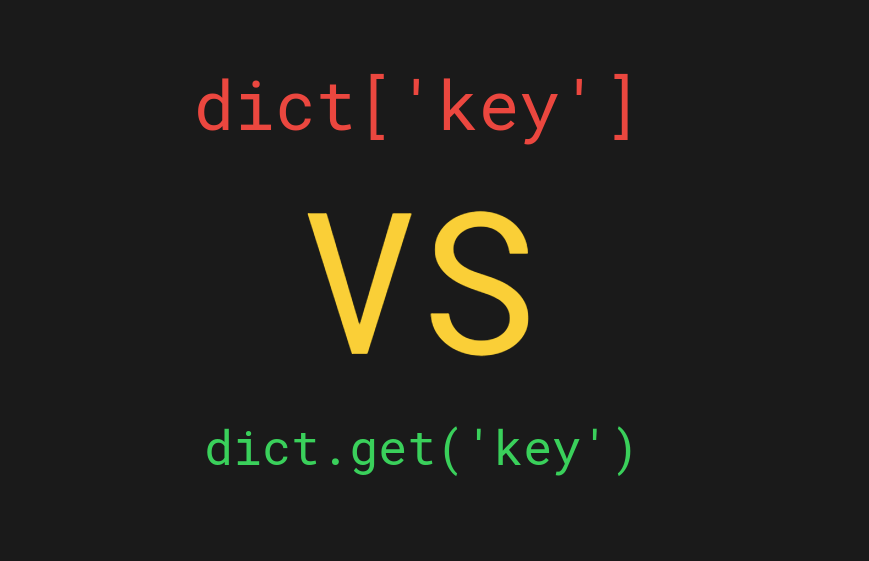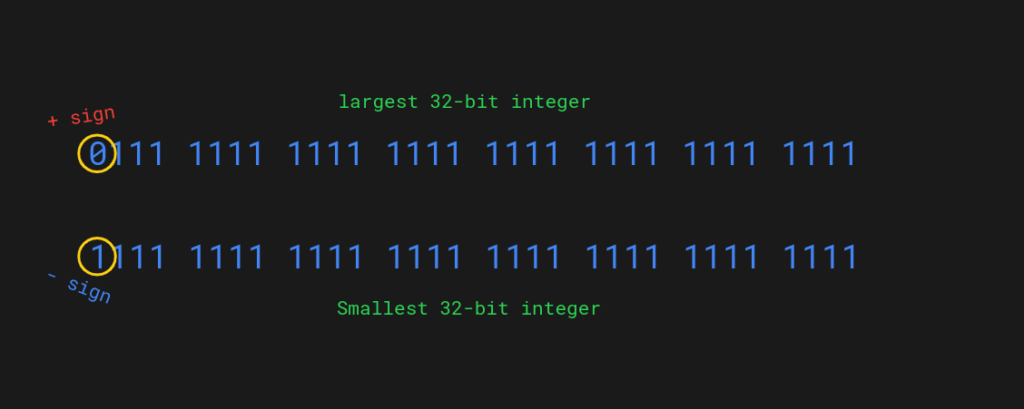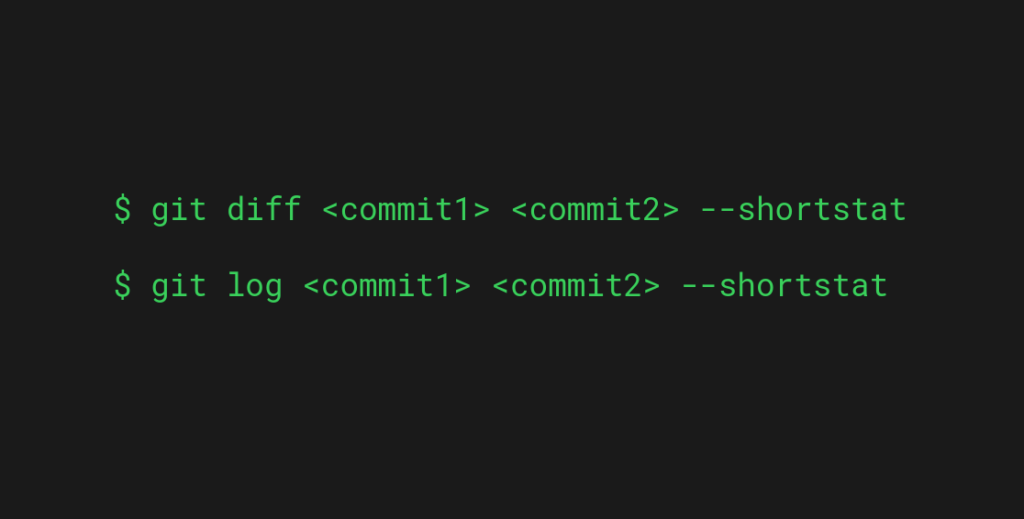Python How to Split a List to N Chunks of Even Size
To split a list into N chunks in Python, you can use iterators: Notice that it isn’t always possible to produce a list where the chunks are equal in length. This is because the list elements might not be evenly divisible to the N chunks. This is a comprehensive guide to splitting a list into […]
Python How to Split a List to N Chunks of Even Size Read More »
